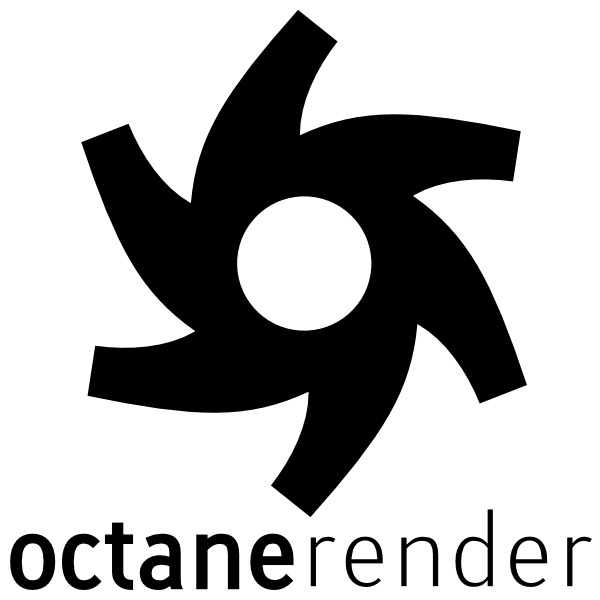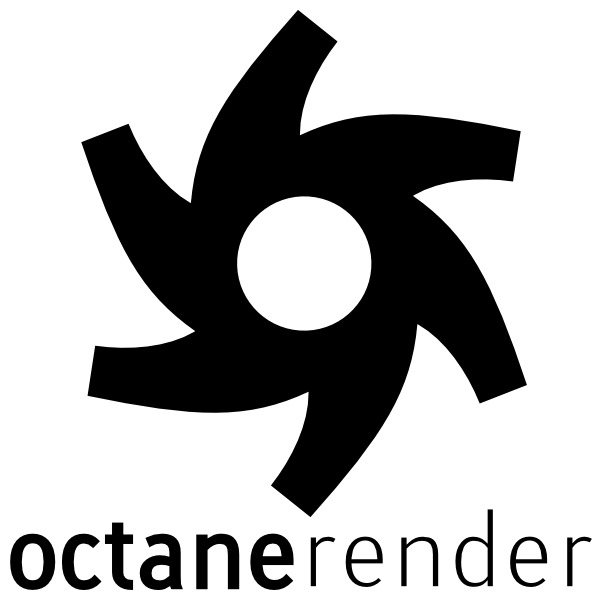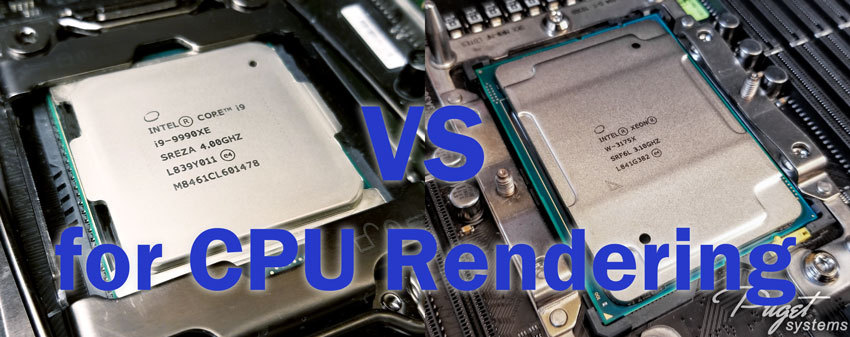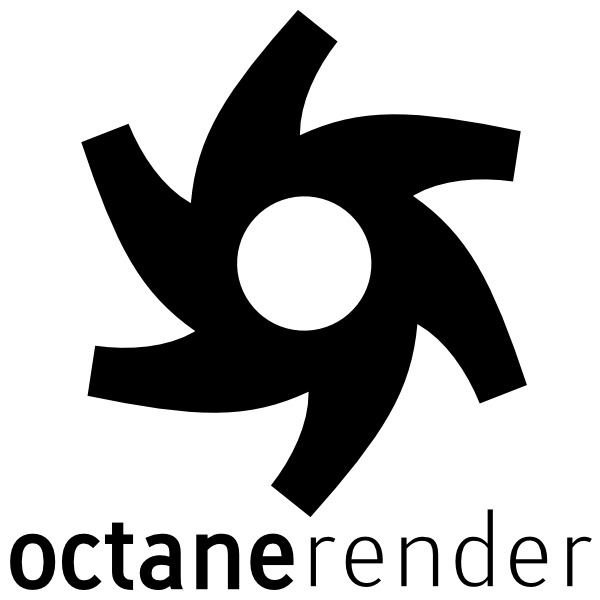OctaneRender is a GPU-based rendering engine, utilizing the CUDA programming language on NVIDIA-based graphics cards. The upcoming 2019 version is adding support for the dedicated ray-tracing hardware in NVIDIA’s RTX series of video cards, and a preview of the OctaneBench tool was released recently to show a sneak peek at what we can expect from this technology. We rounded up the whole GeForce RTX card line – along with the Titan RTX – to see how they compare to each other and how much of a boost RTX tech can provide.














